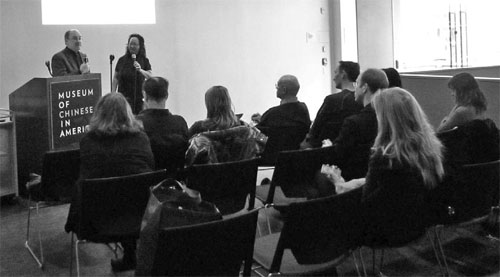Pocket almanac: ancient mystic wisdom in English
Updated: 2016-01-22 12:44
By Hong Xiao in New York(China Daily USA)
|
||||||||
|
Ken Smith and Joanna C. Lee talk about the Pocket Chinese Almanac at the Museum of Chinese in America in New York in 2011. Photos provided to China Daily |
The Chinese almanac has its roots in the imperial calendar, a balance of solar and lunar patterns traditionally maintaining harmony between heaven, earth and mankind. For more than 2,000 years, each succeeding court produced an annual document regulating daily activities.
Even after China adopted the Western solar calendar, and various campaigns sought to eliminate the culture's "feudal superstitions", the lunar-based almanac still held its ground.
In Hong Kong and Taiwan today, it's nearly impossible to find a standard calendar that has no reference to "good" or "bad" days, usually marked in red or black respectively.
Smith said the original intention behind publishing the little pocket book was as a gift for donors of the Museum of Chinese in America in Chinatown, New York.
"The museum was giving it away and people started to pay attention and they wanted more. Then the museum started selling them and ended up selling more than they gave away," Smith said with a laugh.
"For the next year, we started to print some and sell them. Along the way, we made enough money to cover the cost and enough money each year to print the next book," Smith added.
The first edition was 2010. The latest 2016 edition is the seventh in the series.
"The pocket book only posts the good and the bad every day," Lee said. "A big [traditional] almanac is very, very detailed." 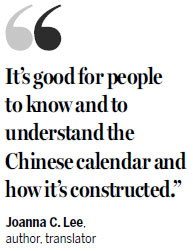
Lee said the 128-page condensed guide is more for contemporaries, which indicates good and bad for a broad range of activities - rituals, digging graves, planting, cutting wood, starting a business - based on calculations of lunar and solar patterns.
While most of these activities are rooted in rural society, many have practical applications for modern urban life - meeting friends, seeking medical help, going to court.
Thus the almanac often becomes a game of wits, with its four traditional categories (Agrarian/Labor, Business and Work, Family Matters and Physical Health/Well Being) subject to broad interpretation.
The guide also follows the Chinese calendar, which divides the year into 12 lunar months and 24 solar sub-seasons.
"It's good for people to know and to understand the Chinese calendar and how it is constructed," said Lee.
The pocket almanac was originally condensed and interpreted by Warwick Wong, a Hong Kong architect, who threw himself into a private study - and eventual mastery - of traditional Chinese divination.
"Modern astrology is based on concepts of time and precision that simply didn't exist in ancient China," said Wong.
"People would come to me with only one question: Is it this or that? Like modern science, they were trying to put the world under a laboratory glass. But in reality, we live in a changing environment, and it is more important to see where things are moving," Wong explained.
Lee and Smith will decode the Year of the Monkey with the new Pocket Chinese Almanac at MOCA on Jan 30.
xiaohong@chinadailyusa.com
- Netizen backlash 'ugly' Spring Festival Gala mascot
- China builds Mongolian language corpus
- China's urban unemployment rate steady at 4.05 pct
- German ecologist helps relieve poverty in Sichuan
- 'Unhurried' Guizhou village makes NY Times list of places to visit
- Railway police nab 40,315 fugitives in 2015
- 7 policemen, 3 civilians killed in Egypt's Giza blast
- Former US Marine held in Iran arrives home after swap
- Powerful snowstorm threatens US East Coast; flights canceled
- 2015 Earth's hottest year on record: US agencies
- 8 killed in car bomb near Russian Embassy in Kabul
- Researchers find possible ninth planet beyond Neptune
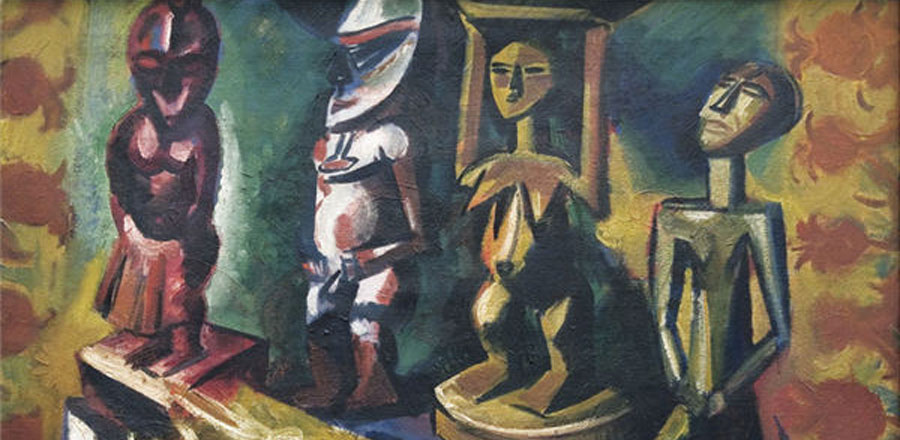
 Art exhibitions in 2016 worth seeing
Art exhibitions in 2016 worth seeing
 Winter flexes its muscles as cold snap makes its way
Winter flexes its muscles as cold snap makes its way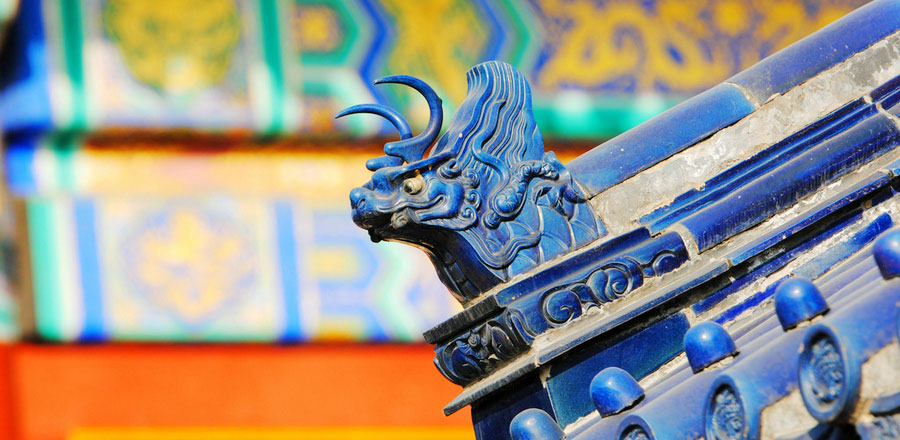
 Bright Temple of Heaven shines in winter
Bright Temple of Heaven shines in winter
 Netizen backlash 'ugly' Spring Festival Gala mascot
Netizen backlash 'ugly' Spring Festival Gala mascot
 Egyptian welcome for Chinese President Xi Jinping
Egyptian welcome for Chinese President Xi Jinping
 Robots reads China Daily to stay up to date with news in Davos
Robots reads China Daily to stay up to date with news in Davos
 China's Yao honored with Crystal Award in Davos
China's Yao honored with Crystal Award in Davos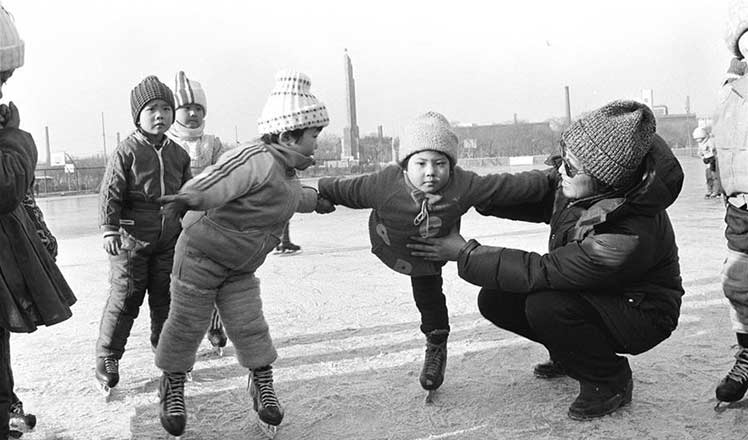
 Happy memories warm the winter
Happy memories warm the winter
Most Viewed
Editor's Picks

|

|

|

|

|

|
Today's Top News
National Art Museum showing 400 puppets in new exhibition
Finest Chinese porcelains expected to fetch over $28 million
Monkey portraits by Chinese ink painting masters
Beijing's movie fans in for new experience
Obama to deliver final State of the Union speech
Shooting rampage at US social services agency leaves 14 dead
Chinese bargain hunters are changing the retail game
Chinese president arrives in Turkey for G20 summit
US Weekly

|

|
